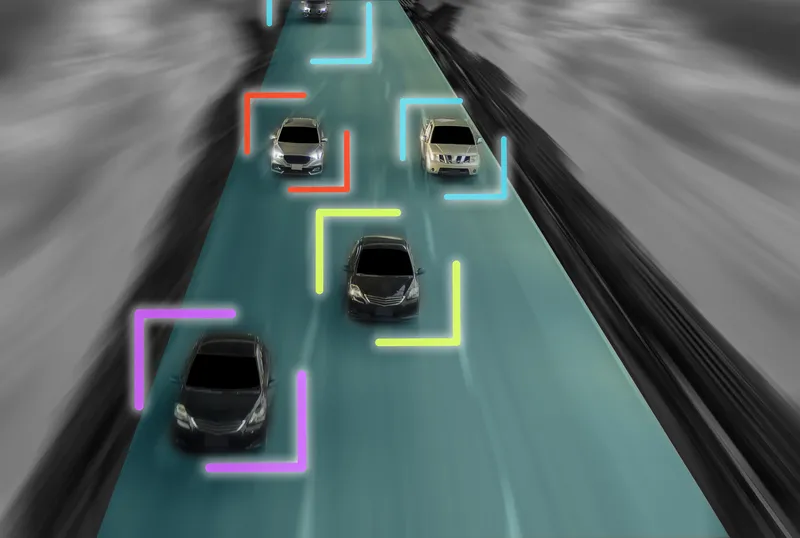The major driver of the commercial vehicle telematics market is the increasing adoption for the next-generation telematics protocol (NGTP) enhancing telematics service delivery, the proliferation of telematics technology due to decreasing sensor and connectivity cost, growing government mandate for deploying vehicle tracking in commercial vehicles and rising demand for smartphones supplements the adoption of telematics solutions and services.
Safety and compliance solutions are expected to drive the market growth since the safety and security aspect has been one of the initial functionalities of the commercial vehicle telematics. Suppliers offer solutions which integrate the compliance aspect to facilitate speed control, timeline reporting, laws and regulation control and others to incorporate government mandates and regulations of commercial vehicle telematics technology.
The professional services segment is expected to have the largest market share during the forecast period owing to the increased deployment of smart solutions which requires technological consulting, and continuous support and maintenance activities. Moreover, government bodies normally prefer professional services vendors over managed services vendors to keep a tight control over the business operations, such as deployment and support and maintenance.
According to the geographic analysis, North America is estimated to hold the largest market share during the forecast period. This is due to the major market share is early adoption of telematics technology for commercial vehicle in the region. North America constitutes of developed economies such as US and Canada. These countries are significantly advanced in terms of technology and its application deployments. The commercial automobile industry in US is more than a decade old. Moreover, government regulations, policies and mandates for the different application of commercial vehicle telematics is expected to drive the market growth in North America.
Commercial vehicle telematics market predicted to grow by 10 per cent by 2022
According to a new research report on the commercial vehicle telematics market published by MarketsandMarkets the market size is expected to grow from US$7.31 billion in 2017 to US$18.43 billion by 2022, at a compound annual growth rate (CAGR) of 20.3 per cent. The major driver of the commercial vehicle telematics market is the increasing adoption for the next-generation telematics protocol (NGTP) enhancing telematics service delivery, the proliferation of telematics technology due to decreasing sensor and
July 18, 2017
Read time: 2 mins
According to a new research report on the commercial vehicle telematics market published by 6418 MarketsandMarkets the market size is expected to grow from US$7.31 billion in 2017 to US$18.43 billion by 2022, at a compound annual growth rate (CAGR) of 20.3 per cent.










